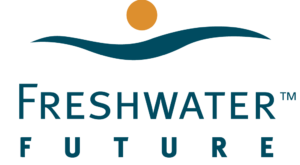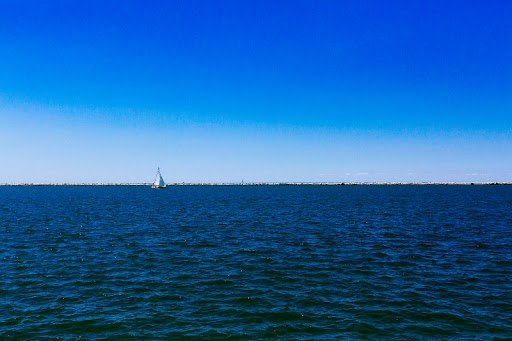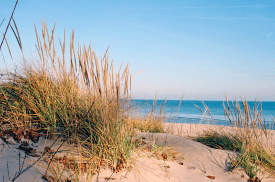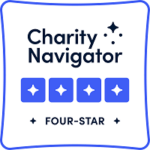Save The Date: Water Is Life Festival is One Month Away!
Join Freshwater Future at the 6th annual Water is Life Festival! We will be celebrating our relative, nibi (water), through eclectic music, art, food, youth learning, and community building. There is a phenomenal line up of musical talent including Seth Bernard, Alina Moor & Urban Tropical, David Kroon, The Accidentals and more! This event is free, family-friendly, and open to the public. This year, the festival will be on Saturday, August 31st, from 12:00 – 9:00 pm at Petoskey’s Festival Park. See you there – Bimaadiziwin Nibi | Water is Life! Want to register to attend and perhaps win a fabulous door prize or become a vendor or donor for the event? You can do all of that and more at the festival website: waterislifefestival.org!

Meet Freshwater Future’s Spring Grantee: Sterling Water Stewards!
Each spring and fall Freshwater Future awards project grants to support grassroots organizations advocating for water in Great Lakes communities. Our friends at Sterling Water Stewards in New York are educating the public and advocating to address threats to drinking water surrounding a Superfund site. The site, a landfill that received industrial waste in Cayuga County, has languished in terms of monitoring, clean up, and regulatory action for years. In the meantime, nearby residents are left to question the drinking water coming from their wells. Sterling Water Stewards is educating residents of the risk of groundwater contamination, providing guidance on monitoring and treatment options, and assisting low-income residents with well testing and water treatment. Learn more about our other amazing spring grantees here!
Eurasian Ruffe Is Spreading Through the Great Lakes
The Eurasian ruffe, a non-native fish species, has been detected in the Great Lakes since 2017 and is spreading further south in the St. Mary’s River near Sault Ste. Marie, Michigan and Ontario. This small, aggressive fish in the perch family competes with native species for food and habitat and preys on their eggs and young, disrupting local ecosystems and impacting commercial and recreational fishing. Native walleye and perch populations are particularly impacted. To prevent its spread, boaters are advised to avoid using Eurasian ruffe as bait, empty bilge water, dry boats before moving between water bodies, and never dump bait buckets in the water!
Photo courtesy of Gary Cholwek, U.S. Geological Survey. Bugwood.org

Our Drinking Water: Get the Lead Out and Plastic In?
While the new federal Lead and Copper Rule mandates replacing 100% of the nation’s lead water pipes in ten years (with exceptions), a key question remains: with what? While copper is the safest material we know of, many cities are using cheaper plastic alternatives – but with potential hidden costs. While plastic pipes are initially less expensive, they pose health risks, including the potential release of harmful chemicals and microplastics, which can exacerbate diseases and affect water quality. Additionally, plastic pipes have shown durability issues and are vulnerable to fire damage that can also release toxic substances. Further research is needed to fully understand the long-term risks of using plastic to ensure public health and safety before we make plastic the new lead in our drinking water.
Lake Erie’s Western Basin Harmful Algal Bloom + Lake Erie Alive
Since July 20th, western Lake Erie has been experiencing a cyanobacteria bloom that is currently 160 square miles – spreading north from Maumee Bay, OH to Stony Point, MI. Microcystin toxins have been detected above the recreational limit and are highly concentrated in scums. Every year, Freshwater Future and partners shine a light on our littlest Great Lake to show love and raise awareness for issues like Harmful Algal Blooms – Join us on social media on August 8th for #WeAreLakeErie, a day to celebrate and protect Lake Erie!









